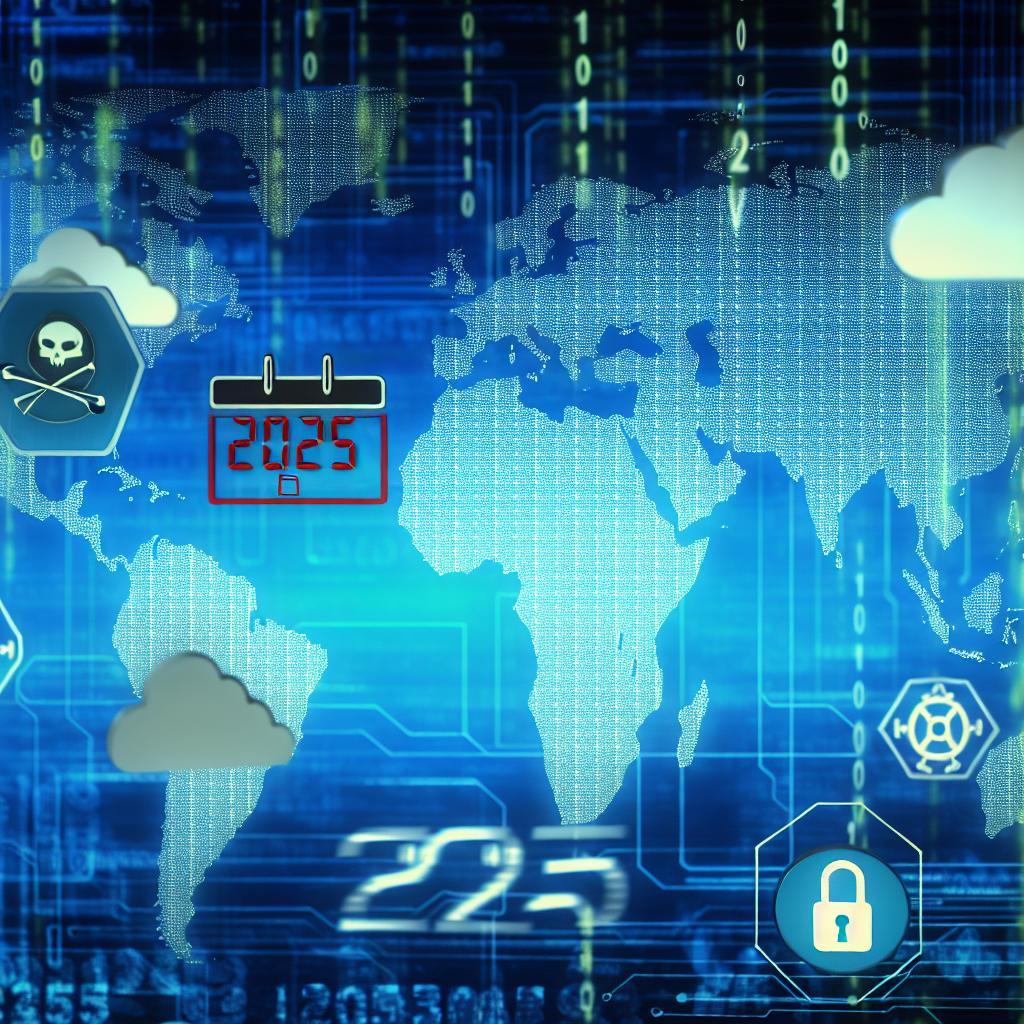In a world where cyber attacks are becoming increasingly sophisticated and prevalent, it seems that even the most seemingly harmless technology can become a powerful weapon in the wrong hands.Recently, a group of malicious actors known as DragonForce have set their sights on exploiting vulnerabilities in simplehelp software to launch attacks on Managed Service Providers (MSPs) and their unsuspecting customers. This article will delve into the hazardous game being played by these cyber assailants and the potential repercussions for those caught in their crosshairs.
Exploiting SimpleHelp Vulnerabilities: A New Threat to MSPs
The DragonForce actors have been identified as the latest threat to MSPs and their customers, targeting SimpleHelp vulnerabilities to carry out malicious attacks. With a rising number of cyber threats, it is crucial for MSPs to be vigilant and proactive in protecting their systems and data. The exploitation of simplehelp vulnerabilities poses a notable risk to the security of sensitive data and the overall operations of MSPs. By staying informed and implementing robust cybersecurity measures, msps can mitigate the potential impact of these attacks and safeguard their clients’ data.

protecting Against DragonForce Actors: Recommendations for Enhanced Cybersecurity
With the recent surge in cyber attacks by DragonForce actors targeting SimpleHelp vulnerabilities, it is more crucial than ever for MSPs and their customers to prioritize their cybersecurity measures. To enhance protection against these malicious actors, consider implementing the following recommendations:
- Regular Software Updates: Ensure that all software, including SimpleHelp, is kept up to date with the latest security patches to mitigate vulnerabilities.
- Multi-factor Authentication: Implement MFA for an added layer of security to prevent unauthorized access to systems and accounts.
- Network Segmentation: Separate networks to limit the potential impact of a breach and contain any compromise to specific areas.
- Employee Training: Educate employees on cybersecurity best practices, such as identifying phishing attempts and avoiding suspicious links or attachments.
Closing Remarks
As the threat landscape continues to evolve, it is crucial for managed service providers and their customers to remain vigilant and proactive in protecting their systems and data. By staying informed about emerging cybersecurity threats, implementing strong security measures, and regularly updating software and patches, organizations can better defend against attacks like the one carried out by the dragonforce actors. Remember, cybersecurity is a shared responsibility and requires a collective effort to safeguard against malicious actors. Stay safe and secure out there!







